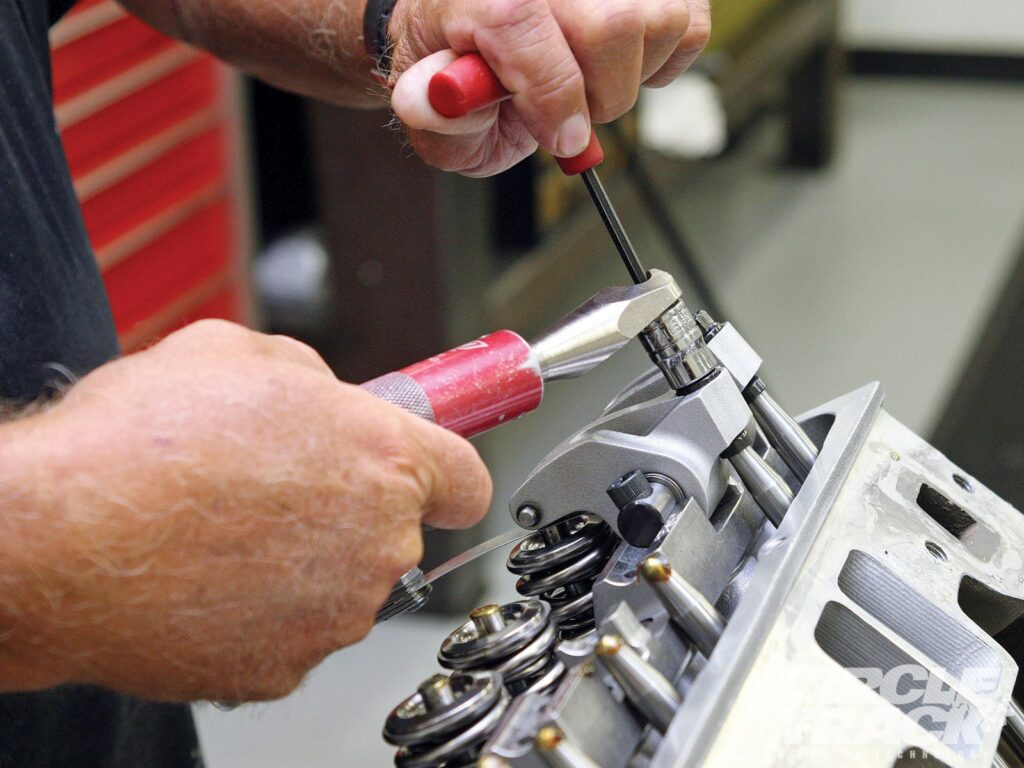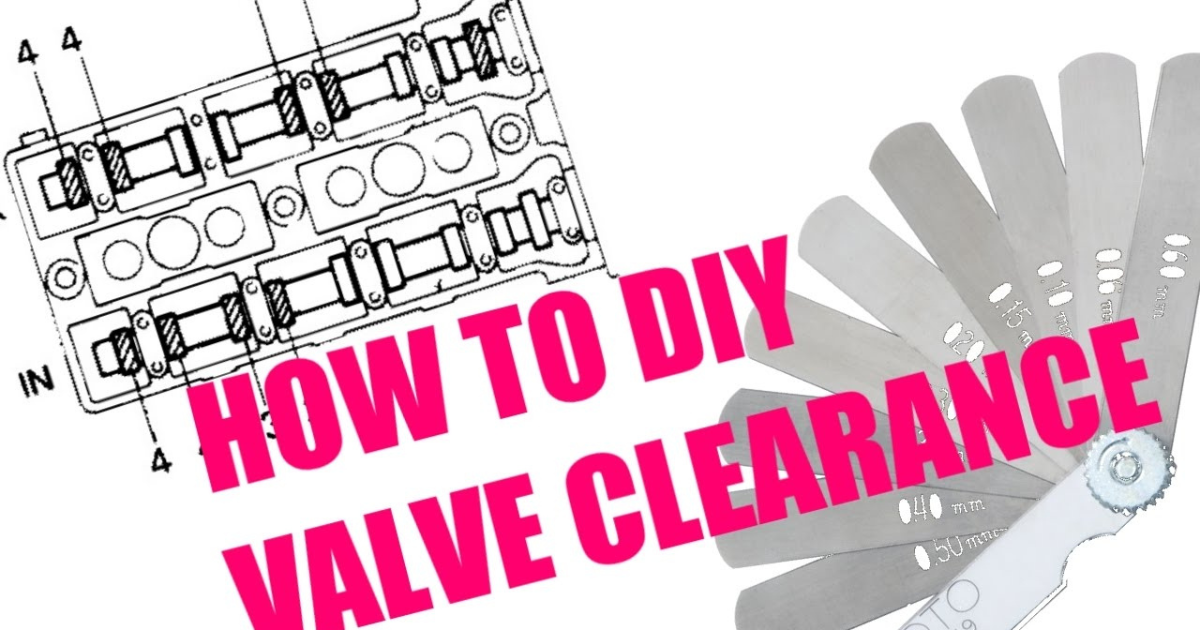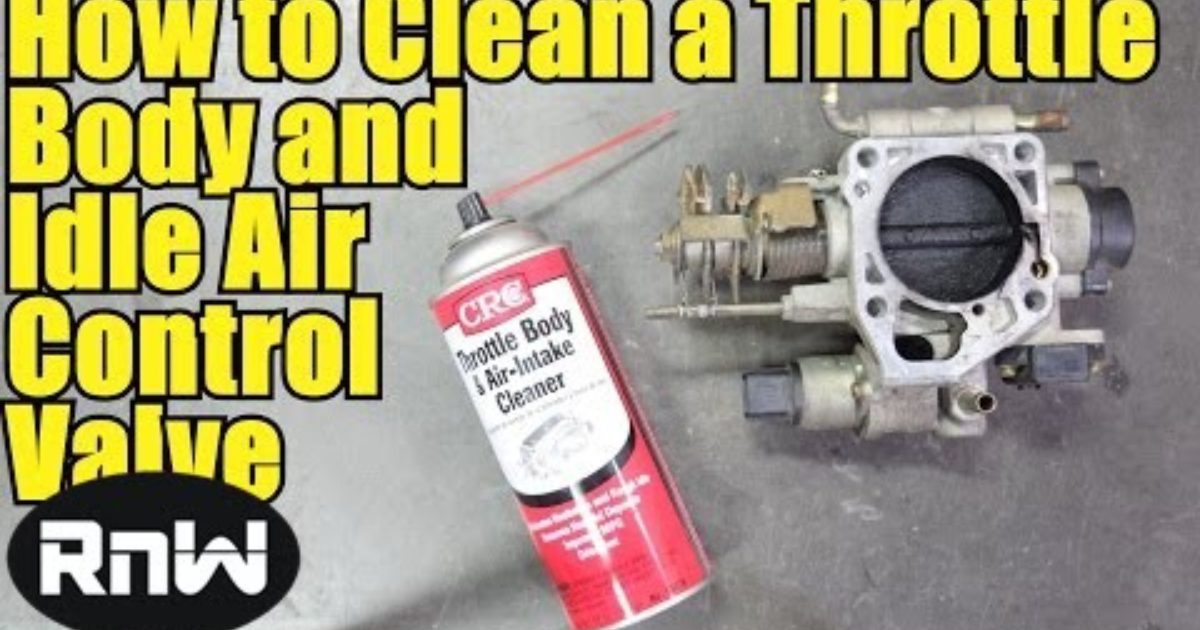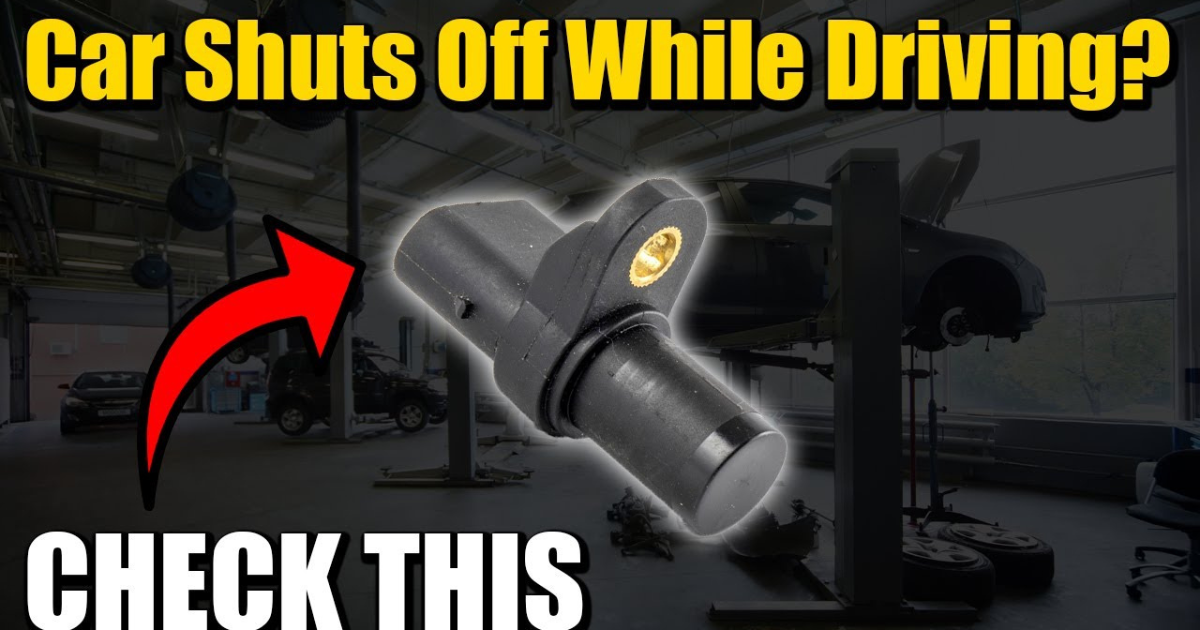Valve lash is a crucial aspect of engine performance that is often misunderstood. This article aims to clarify the meaning of valve lash, its symptoms, causes, and how to properly set it. Understanding valve lash is essential for maintaining your engine’s optimal functioning.
What is Valve Lash?

Valve lash, also known as valve clearance, refers to the empty space between the different components of an engine’s valve train. It varies depending on the engine design, such as overhead camshaft engines or overhead valve engines. Valve clearance ensures that the valves open and close as intended by the manufacturer, allowing for efficient engine performance.
Importance of Valve Lash:
Valve lash plays a critical role in compensating for thermal expansion within the engine. As metal components heat up during operation, they expand. Valve lash allows for this expansion, preventing components from rubbing against each other and causing accelerated wear. It also ensures that the valves properly close, preventing leaks and maintaining optimal power output.
Symptoms of Valve Lash Issues:
Recognizing symptoms of incorrect valve lash can help you identify and address problems before they worsen. Common symptoms include loud tapping or clicking noises from the engine, overheating, decreased fuel efficiency, pre-ignition, and potential damage to valves and other components.
Causes of Valve Lash Issues:
Valve lash can go out of specification due to wear and tear or erosion. Engines with non-adjustable valve lash may experience excessive clearance, leading to issues. Wear on valve trains or erosion of valve seats can affect valve lash, causing it to deviate from the manufacturer’s specifications.
Setting Valve Lash:
Setting valve lash requires proper knowledge and tools. Some engines have non-adjustable valve lash with built-in automatic adjusters, while others with solid lifters require periodic manual adjustment. Following your vehicle’s service manual or seeking professional guidance can help you set the valve lash accurately.




